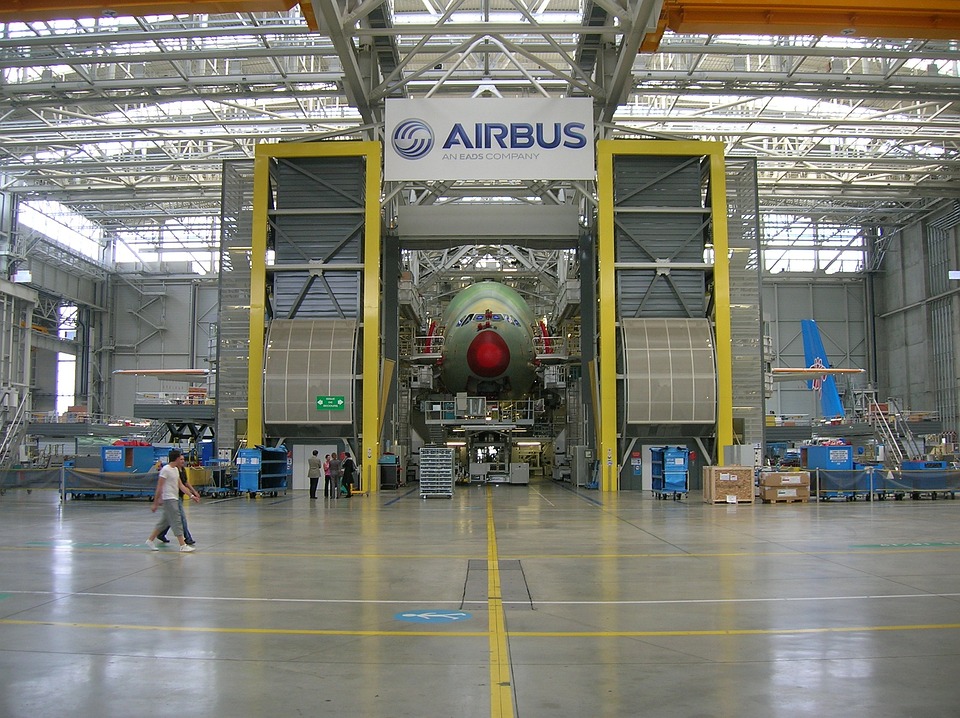Operational excellence is based on a few concepts, one of them being: Just in time. But how do you make sure you are always delivering just in time? There are two main flow delivery techniques: push and pull. Let’s dig into the concept, the differences, when it applies and how to get the most of each!
As we work, we usually do as we’ve always done. We are so consumed by routine, that we rarely questions ourselves. What model do you operate with? Is it still working for you? Does it bring the best performance?

Operational excellence is all about making sure the way we deliver value is the best one in the context. With the pandemic, the world dynamics have changed. They will probably continue evolving. So it is a good time to come back to basics, and confirm we are still operating the best possible way.
I will first remind you what is the difference between push and pull and why the second is preferred on the first. Then I will apply this to change management, and provide tips to help determine what is the best approach for you!
Push and pull
Let’s get start with an example in a factory. Imagine you produce cars. In a push model, each department will make parts and send them for assembly. Then, the assembly plant will choose what engine to put in what frame with what tyres. That involves a huge inventory. The assembly plant must be able to select what parts to assemble. It requires even more space to store the cars on a parking lot. When a customer buys a car, she gets it immediately, as there are lot of models to choose from.
In a pull model, it is the order that triggers the make of a car. Specific parts and final assembly only start when the order is in the system. The customer waits to get her car, but gets it made to her specifications. The factory also requires less inventory, which usually reduces operating costs.
Do you think Airbus produces planes in pull or push mode?
When is pull better than push?
When dealing with goods, inventory is the main element in a push or pull decision. Let’s take a fast food. In a push model, employees prepare burgers, they just make lots and add them to a pile of “ready to be eaten”. In a pull model, each burger is made after it is ordered. Even if the burger in inventory quickly becomes waste, there is no best option, it all depends on what drives your performance. If you have standard burgers and the customers want them fast, the push is the best option. If your customers are willing to wait and get a special hamburger, then the pull is best.
In most settings the pull model reduces the inventory, and is best for reducing costs. Push usually works best with a very standardised product and high demand. Store retailers work with a push model: they push all their stocks to the customer. Product availability is key for their sale. Most customer are not willing to wait a few days to get their item in the right size or colour.
What about non tangible things?
When inventory doesn’t take physical space…
If we look at services and intellectual work, we notice we mostly push work. Emails are pushed to your inbox, and notifications ensure all these information and new tasks are pushed to us. This ensures we get up to date information, but disrupts the task we were handling.

Agile invites you to pull work. Work items are created and queued, on a board or in a ticket management system. Once you are ready you grab one from the queue. You pull work as you have capacity to do it. That would be similar to closing your emails and notifications, and only get to read one when you are done with your current task. This also ensures you are not working on too many things at the same time.
In such systems, tasks are ordered by priority, to ensure the first one picked is the most urgent and important one. Tasks are updated as needs evolve. As a result, when you start working, you have the latest information available to do your work.
… but impacts efficiency and happiness
Most Project Management Offices (PMO) deal with project proposals that are pushed upon them. Each project is key and needs to be started yesterday. It is the PMO role to maintain a backlog of projects, prioritize them and assign to the next available project manager. However, in the day to day, most people get requests on a push mode. Once a project starts, it requires information, decisions, work from various people. Those people were usually busy and are now pushed new tasks.
As we all know, interruptions impact focus. It is harder to get back to work and focus again on the task. Endless to-do lists or unread emails of request have a big impact on employee morale. This huge inventory of tasks has a cognitive cost. However, in some settings, push is key to success. In emergency situations, any new information needs to be passed on and interrupt whatever decision was going on.
Again, there is no right or wrong answer, as both push and pull models have their advantages and drawbacks.
How to put in place a pull model?
This is the main question, as we naturally push work, so you know how to do it. One of the easiest pull system is Kanban. It is so simple it is used from factories to software development. I explain how Kanban works, from your bathroom to your personal task in this post.
But before you switch to pull, revisit your value chain, or your value proposition to your customers. Are they still relevant? There is nothing worse than doing the wrong things right. As the environment change, your business needs to adapt and adjust what you deliver. Once you are aligned, then you can look into how to improving how you deliver.
